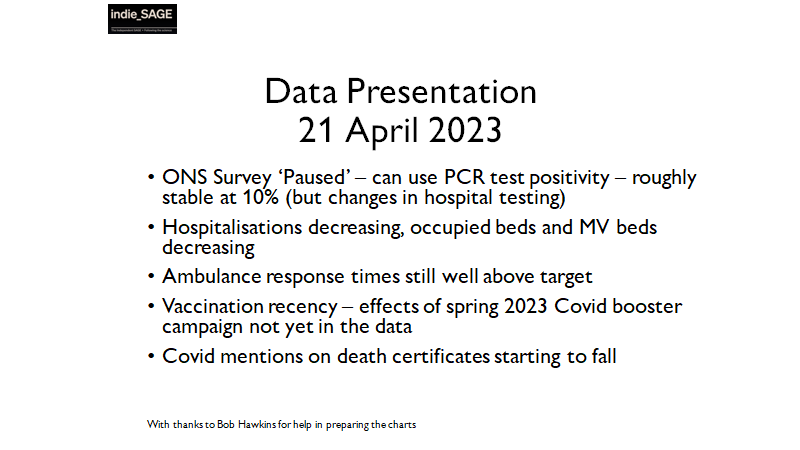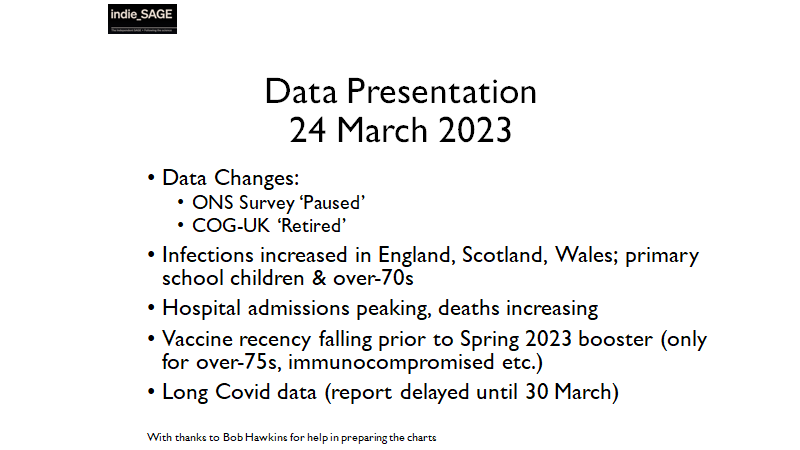Public Health England have published their data for Variants of Concern.
- B.1.617.2 is becoming dominant with 2,111 new cases
- But also increases in these variants of concern
P1 (+30)
B.1.351 (+41)
- New variant under investigation AV.1
nb cumulative chart
... thread
- B.1.617.2 is becoming dominant with 2,111 new cases
- But also increases in these variants of concern
P1 (+30)
B.1.351 (+41)
- New variant under investigation AV.1
nb cumulative chart
... thread

Now, we know that B.1.617.2 is starting to become the dominant variant from the sequences data from @sangerinstitute - they exclude travellers and surge testing. Here's a chart showing this that I used in my @SkyNews interview yesterday
https://twitter.com/Dr_D_Robertson/status/1395043257785241601
We now know that B.1.617.2 is the variant that we need to watch. See e.g. this thread about Bolton.
https://twitter.com/Dr_D_Robertson/status/1395396587636023296
So we should now start to think about what could be the *next* variant that will cause significant problems (whether in competition with B.1.617.2 or outcompeting it). So let's *exclude* B.1.617.2 (as well as B.1.1.7) from out heatmap colouring.
Other variants are being detected
Other variants are being detected

If we keep plotting cumulative graphs, the lines will look pretty spectacular without telling us much.
So we really should look at the number of cases *per week*. We can see B.1.617.2 starting to rise exponentially in recent weeks.
So we really should look at the number of cases *per week*. We can see B.1.617.2 starting to rise exponentially in recent weeks.

We can see this more clearly if we plot the proportion of variant cases detected each week (dark blue is the Kent variant; orange is the B.1.617.2 ('India') variant 

And here is some analysis of AV.1 and variants more generally
https://twitter.com/BallouxFrancois/status/1395566513130774532
• • •
Missing some Tweet in this thread? You can try to
force a refresh






















